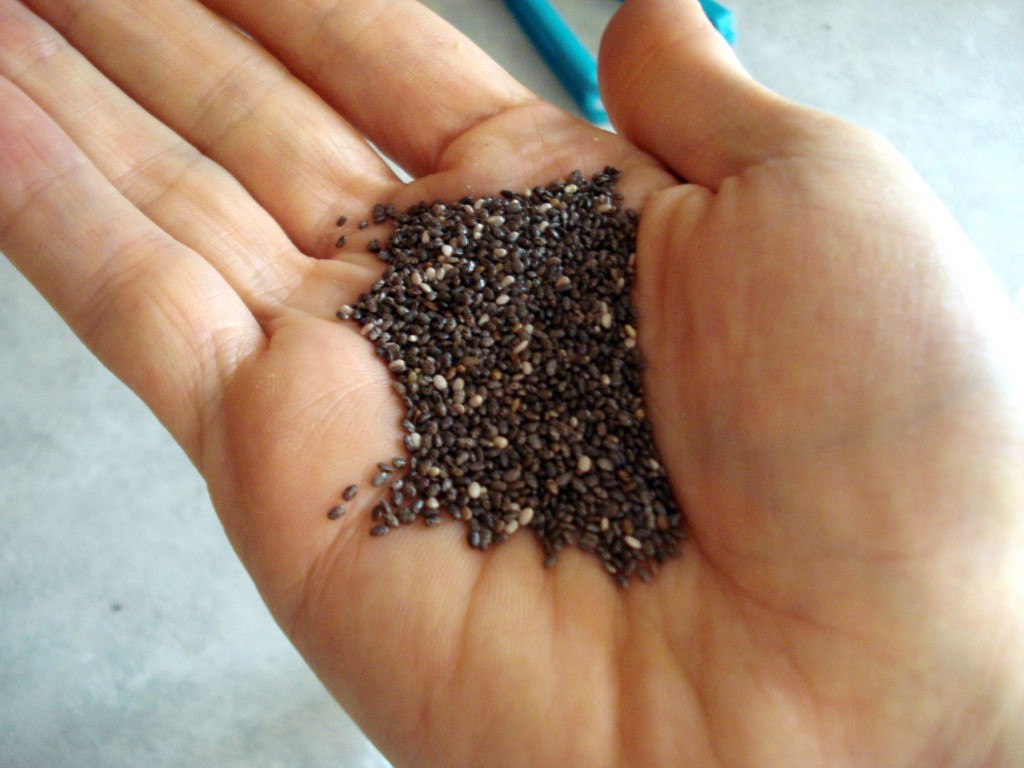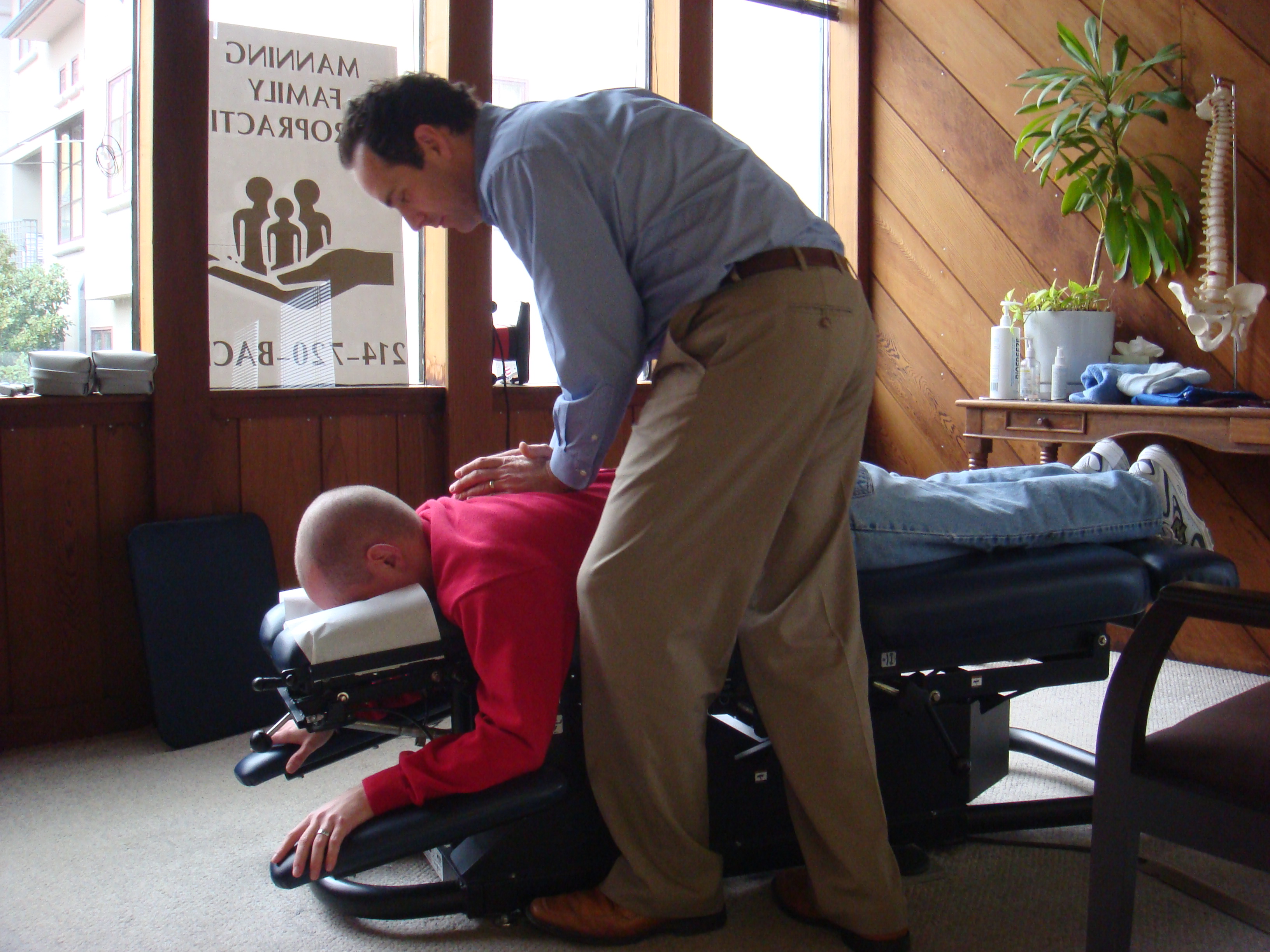Apples Top EWG’s Dirty Dozen
 Washington, D.C. – Apples top the Environmental Working Group’s annual Dirty Dozen™ list of most pesticide-contaminated produce, followed by strawberries, grapes and celery. Other fresh fruits and vegetables on the new Dirty Dozen list, a part of EWG’s 2013 Shopper’s Guide to Pesticides in Produce™ are peaches, spinach, sweet bell peppers, imported nectarines, cucumbers, potatoes, cherry tomatoes and hot peppers.
Washington, D.C. – Apples top the Environmental Working Group’s annual Dirty Dozen™ list of most pesticide-contaminated produce, followed by strawberries, grapes and celery. Other fresh fruits and vegetables on the new Dirty Dozen list, a part of EWG’s 2013 Shopper’s Guide to Pesticides in Produce™ are peaches, spinach, sweet bell peppers, imported nectarines, cucumbers, potatoes, cherry tomatoes and hot peppers.
EWG’s Clean Fifteen™ list, those fruits and vegetables with the least pesticide load, consists of corn, onions, pineapples, avocados, cabbage, frozen sweet peas, papayas, mangoes, asparagus, eggplant, kiwi, grapefruit, cantaloupe, sweet potatoes and mushrooms.
“When given a choice, more consumers are choosing organic fruits and vegetables or using EWG’s Shopper’s Guide to find an easy affordable way to avoid toxic chemicals,” said Sonya Lunder, an EWG senior analyst. “They want to eat a diet rich in fruits and vegetables without eating too many pesticides. And they want to support local farms and agriculture that is better for the environment.”
EWG’s Shopper’s Guide to Pesticides in Produce, now in its 9th year, ranks pesticide contamination on 48 popular fruits and vegetables, based on an analysis of more than 28,000 samples tested by the U.S. Department of Agriculture and federal Food and Drug Administration.
Dr. Jeffrey Manning, DC
Manning Wellness Clinic
2702 McKinney Avenue, suite 202
Dallas, TX 75204
214-720-2225




































